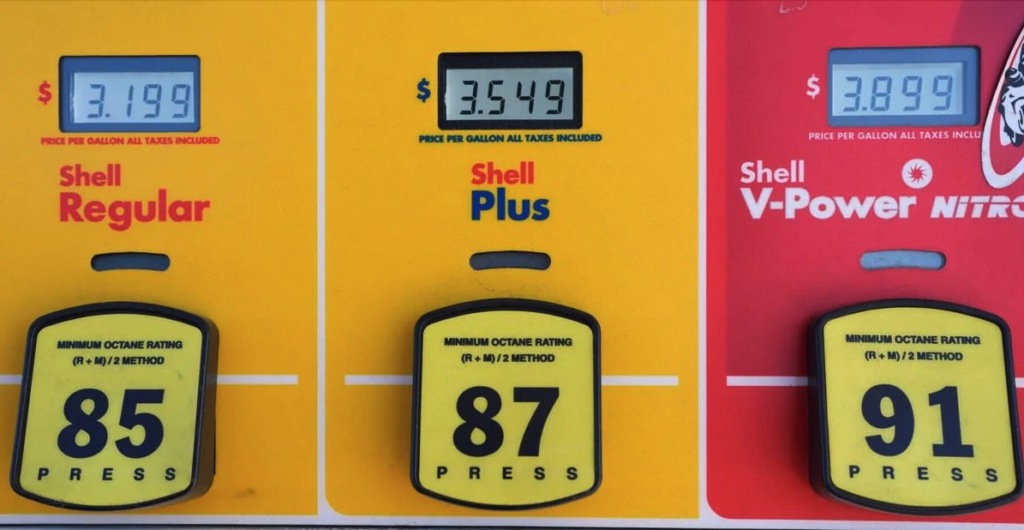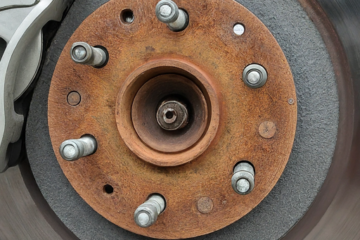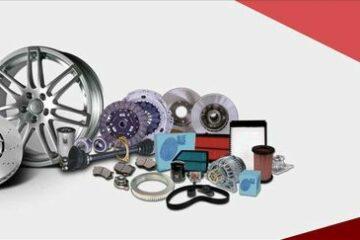Filling up your car can be a confusing experience, especially when you’re faced with a row of gas pumps boasting regular, mid-grade, and premium options. Many drivers choose mid-grade gas with the belief it offers a middle ground between the performance of premium and the affordability of regular. But is this actually the case? Are you spending extra money for no real benefit?
The Octane Debate
The key difference between gasolines lies in their octane rating. Octane rating measures a fuel’s resistance to knock, which is a pinging or rattling sound that can occur in your engine during combustion. Higher octane fuels resist knocks better.
Car manufacturers design engines to run optimally on a specific octane rating. This information can be found in your owner’s manual. Using a fuel with a higher-octane rating than recommended won’t provide any performance benefits for most vehicles.
Mid-Grade: Myth or Magic?
So, where does mid-grade gas fit in? In most cases, it’s simply a blend of regular and premium gas. While some stations may add detergents or other additives to mid-grade, these often provide negligible benefits compared to the detergents already present in most high-quality gasolines.

The truth is, for most cars on the road today, using mid-grade gas is like paying extra for bottled water when the tap water is perfectly fine.
Save Money, Stick to the Manual
The biggest benefit of understanding mid-grade gas is the potential for saving money. By sticking to the octane rating recommended by your car’s manufacturer, you can avoid spending extra at the pump.
Here are some additional tips for saving money on gas:
- Shop around: Gas prices can vary significantly between stations. Use a gas price app to find the best deals in your area.
- Consider fuel efficiency: When choosing a car, prioritize fuel efficiency. This will save you money on gas in the long run.
- Maintain your car: Regular maintenance, like oil changes and air filter replacements, can improve your car’s fuel economy.
By understanding the role of octane rating and mid-grade gas, you can make informed decisions at the pump and keep more money in your wallet. Remember, the best gas for your car is the one your owner’s manual recommends!
The exact origin of mid-grade gas is a bit hazy, but here’s the likely scenario for its purpose and why it might be less relevant today:
Purpose of Mid-Grade Gas:
- Bridging the Gap: In the past, there might have been a larger gap between the octane rating of regular and premium gas. Mid-grade served as an option for cars that required a slightly higher-octane level than regular but not quite as high as premium.
- Marketing Tactic: Some speculate it was a marketing strategy. By offering a middle ground, gas stations could potentially capture customers who were unsure about what type of gas to use.
Why it Might Be Less Relevant Today:
- Engine Technology Advancements: Modern engines are built with higher compression ratios and more sophisticated knock sensors. These features allow them to operate efficiently on a wider range of octane ratings. Many cars today run just fine on regular gas, even if the manufacturer allows for mid-grade as an option.
- Refined Gasolines: Refineries have improved gasoline quality. Regular gas today often has a higher-octane rating than what was considered “premium” just a few decades ago. This narrows the performance gap between fuel grades.
- Cost vs. Benefit: With minimal performance benefit for most cars and a higher price tag, mid-grade becomes a less attractive option for many drivers.
Is Mid-Grade Completely Useless?
Not necessarily. There might be some specific situations where mid-grade could be relevant:
- Older Cars: For some older cars originally designed for lead gasoline (no longer available) that now require higher octane fuel to prevent knocking, mid-grade might be a suitable choice.
- High-Performance Option: In specific, high-performance vehicles where the owner’s manual specifically recommends mid-grade for optimal performance, it could be beneficial.
However, for most everyday drivers with modern cars, sticking to the manufacturer’s recommended octane rating (usually regular) is the most cost-effective option.



